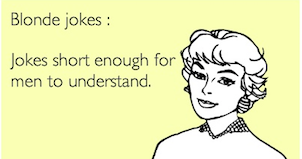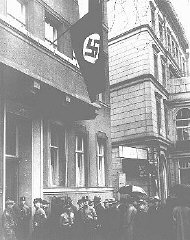
On 15th September we celebrate Greenpeace Day, so this is the time to release your inner activist and get passionate about the environment. The now internationally renowned campaign organization for ecological issues was originally founded by a group of 17 activists in Vancouver protesting against off shore nuclear testing in Alaska on this date in 1971.
Since then, Greenpeace has achieved an abundance of victories over eco-crimes, as well as making an enormous contribution to raising awareness of environmental issues across the globe. They constantly strive for their vision of a society which recognizes the Earth as an essential life support system whose resources are not infinite and must be protected and cared for. Their campaigns range from raising awareness of the receding ice of the Arctic to protecting the oceans and rainforests to working towards nuclear disarmament.
To recognize the contribution made by the organisation which came out of such humble roots yet now boasts 2.9 million members, Mayor Gregor Robertson of Vancouver has pronounced September 15th Greenpeace Day. In Vancouver, celebrations include a free family-friendly outdoor festival, tree planting and workshops on activism.
Be inspired by Greenpeace today: sign petitions and encourage others to do the same, be green in the home and out and about by switching off unnecessary light bulbs and throwing that empty wrapper on the street in the bin. Think bigger and look into volunteering and helping raise awareness for Greenpeace issues. Finally let Greenpeace Day act as a reminder that as the anthropologist Margaret Mead once put it: ‘Never doubt that a … group of committed citizens can change the world. Indeed, it is the only thing that ever has’.
thanks, Cher
Tommy Cooper (one of Britain's greatest comedians)

Word of the Day
| |||
| Definition: | (adjective) Appearing as such but not necessarily so. | ||
| Synonyms: | seeming, apparent | ||
| Usage: | The ostensible reason of his appearance was the discovery, the very night before, of a "perfect little house." | ||
Two blondes walk into a building .........you'd think at least one of them would have seen it.

Idiom of the Day
in leaps and bounds— By very large degrees; rapidly or in quick progress forward. |

History
Nuremberg Laws Deprive German Jews of Citizenship and Civil Rights (1935)

Enacted in the early years of Adolf Hitler's rule, the Nuremberg Laws stripped Jews of German citizenship, prohibited them from marrying non-Jews, and forbade them to hire non-Jewish domestic servants. Supplementary decrees laid down the criteria for determining exactly who was legally Jewish. Punishments for violating the laws included fines, hard labor, and even death.
William Howard Taft (1857)
An extremely large, easygoing man, Taft was said to have not really wanted to be US president. In 1908, he was elected anyway, having already served as solicitor general, appellate judge, secretary of war, and governor of the Philippines. His split with former president Theodore Roosevelt, who consequently ran for office again, cost them both the 1912 election. Taft later served as chief justice of the Supreme Court.
Saturn Unveiled: How Cassini Revealed the Ringed Planet
After 14 years of exploration, the Cassini spacecraft is preparing to write its final chapter on the Saturn system. No other spacecraft in history has come to know a single planetary system as intimately as Cassini knows Saturn.READ MORE:

Rings Revealed: How Cassini's Saturn Odyssey Exceeds Expectations
1775 - An early and unofficial American flag was raised by Lieutenant Colonel Isaac Mott after the seizing of Fort Johnson from the British. The flag was dark blue with the white word "Liberty" spelled on it.
1853 - Reverend Antoinette Brown Blackwell was ordained becoming first female minister in the United States.
1883 - The University of Texas at Austin opened.
1903 - Country singer Roy Acuff was born. He was the first living artist to be elected into the Country Music Hall of Fame.
1909 - Charles F. Kettering applied for a patent on his ignition system. His company Delco (Dayton Engineering Laboratories Company) later became a subsidiary of General Motors.
1928 - Alexander Fleming discovered the antibiotic penicillin in the mold Penicillium notatum.
1930 - Hoagy Carmichael recorded "Georgia on My Mind." The song has been the official state song of Georgiasince 1922.
1949 - "The Lone Ranger" premiered on ABC. Clayton Moore was the Lone Ranger and Jay Silverheels was Tonto.
1955 - Betty Robbins became the first woman cantor.
1978 - Muhammad Ali defeated Leon Spinks to win his 3rd World Heavyweight Boxing title.
1982 - The first issue of "USA Today" was published.
1997 - The domain name "google.com" was registered.
2003 - In Independence, MO, the birthplace of Ginger Rogers was designated a local landmark. The move by the Independence City Council qualified the home for historic preservation.